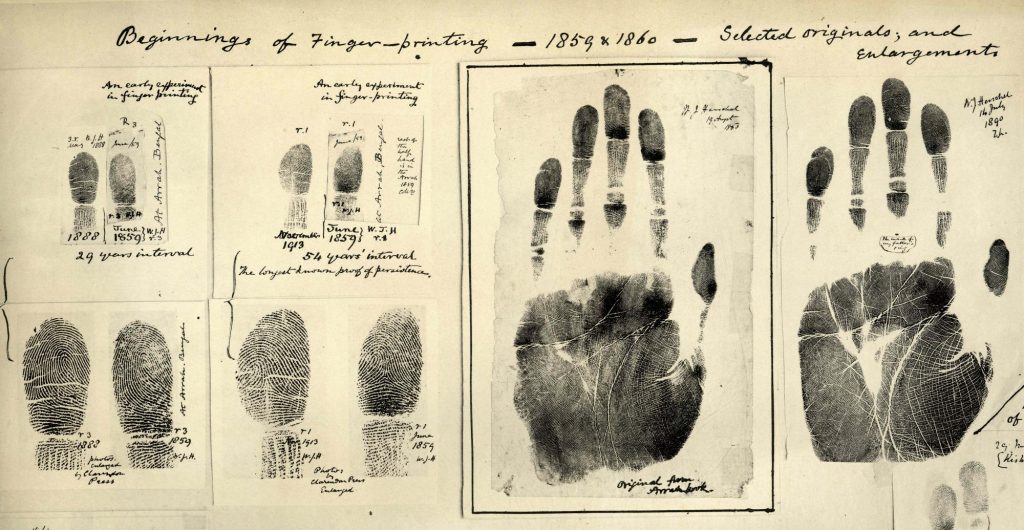The IPCC recently concluded (with 95% certainty) that humans are responsible for over half of the warming we’ve experienced since 1951. Their best estimate is that we’re responsible for all of the warming, and we could even be responsible for more than all. How is this possible, and how do we know that humans are to blame? We know that humans are producing greenhouse gases, and that this is causing warming. Comprehensive studies show that only human-caused greenhouse gases could produce the wide array of characteristics that we’re observing with the current warming.
There are also natural factors that impact the climate. New research shows that these natural factors may be exerting a net cooling influence, which would mean that humans have caused even more warming than what’s been directly observed.
A variety of factors (sometimes called “forcings”), are known to affect our climate:
External factors affect how much of the Sun’s heat energy reaches Earth.
- The Sun: The sun cycles through periods of greater and lesser intensity, experiencing an 11-year cycle as well as longer-term cycles. During periods of greater intensity, we get more heat reaching the earth and warming the climate.
- Earth’s orbit: The Earth does not always exhibit a consistent orbit. Slight changes to the Earth’s tilt and distance from the Sun affect the amount of energy in our climate.
- Air pollution: Small dust particles from industrial air pollution (called aerosols) reflect the Sun’s energy back into space. That means less warmth added to the climate.
- Volcanoes: Volcanoes emit dust particles that also reflect energy back into space. A large eruption can produce a cooling over the entire globe for years. The most recent large eruption was Mt. Pinatubo, but more frequent small eruptions also can cool the climate.
- Greenhouse gases: Once the Sun’s energy reaches Earth, some of it bounces off the planet’s surface and escapes back into space. Greenhouse gases (including carbon dioxide, methane, and water vapor) stop the energy from escaping, warming the climate. Humans are adding more of these gases into the atmosphere through the burning of fossil fuels and through deforestation.
Internal factors affect how heat is distributed within the climate system.
- Oceanic cycles: The ocean undergoes cycles and shifts that change how heat is distributed throughout its layers. El Niño, La Niña, and the Atlantic Multidecadal and Pacific Decadal Oscillations (AMO and PDO) are all examples of these fluctuations. When heat is brought to the surface, as in an El Niño year, we experience warmer temperatures on land. When heat is redistributed to the deep ocean, we experience cooler temperatures on land, even though the heat is still there.
- The biosphere: Living things also affect how heat moves through the climate, influencing processes like the water cycle and the carbon cycle.
All these factors are influencing our climate simultaneously, and have been since the Earth was formed. Right now, some are causing a warming influence, while others are causing a cooling influence. Some cause rapid changes, while others work so slowly that any climate changes take thousands of years to appear. In the past, warming and cooling events (such as the major Ice Ages) have begun and ended in response to shifts in one or more of these factors.
In this case, scientists have determined that greenhouse gases are the primary factor causing the temperature change we are currently experiencing. Other factors have caused climate changes in the pre-industrial past, but those factors don’t fit the profile of what we’re seeing now. Scientists have established this using a variety of signals, sometimes called “fingerprints.”
- Rising CO2: CO2 levels are higher than the planet has experienced for 650,000 years. We can tell that this CO2 is coming from fossil fuels and not natural sources, because it has a different molecular weight.
- Fast rate of warming: The current warming is very rapid compared to past changes, too rapid to be due to slow, predictable forces like shifts in the Earth’s orbit.
- Solar trends: Over the past 35 years, solar radiation has been on an overall downward trend, while temperatures have risen.
- Downward radiation: When CO2 absorbs and releases heat energy back to Earth, it does so at a particular wavelength. If CO2 is warming the planet, we would expect downward radiation at this wavelength to be increasing, and research shows that it is.
- Stratospheric cooling: The lowest layer of the atmosphere is called the troposphere, and the next layer up is the stratosphere. While the troposphere is warming, the stratosphere is cooling. If warming was caused by the Sun, we would expect both layers to warm. Research shows that only greenhouse gas warming causes the layers to diverge the way that we’ve observed.
- Warmer nights and winters: Observations show that nighttime temperatures are warming faster than daytime temperatures, and winters are warming faster than summers. If natural factors such as the Sun were causing warming, we would expect different seasons and times to warm evenly, but they are not. In fact, greenhouse gas pioneer John Tyndall predicted this effect as long ago as the mid-1800s.
- Computer models: Studies using computer models (most recently Santer et al. in 2013) show that when models incorporate only natural factors, simulated temperatures remain stable or decrease. When human influence is included, temperatures rise, as we’ve seen actual temperatures rise. Many other studies have taken their own approach to tallying the human and natural forces acting on our climate and reached similar conclusions.


